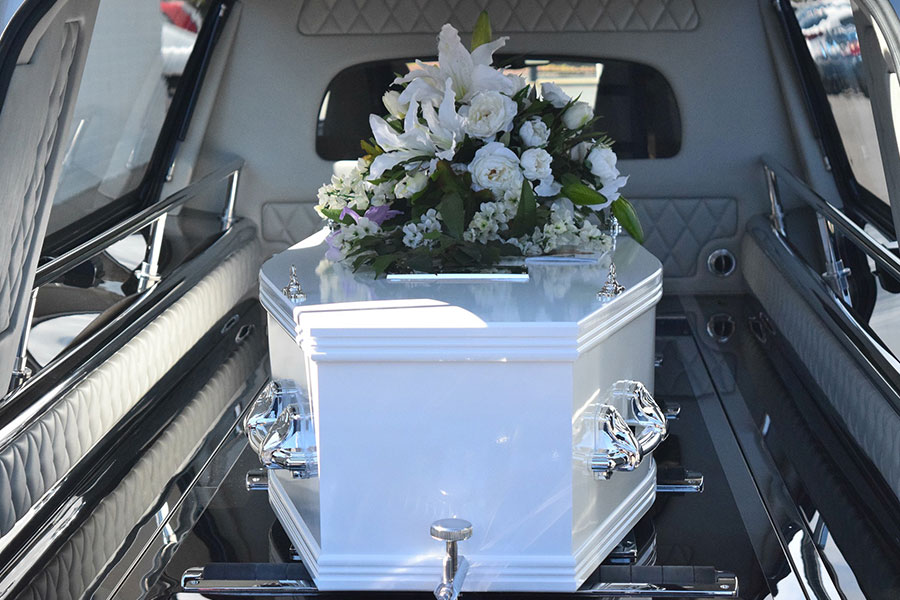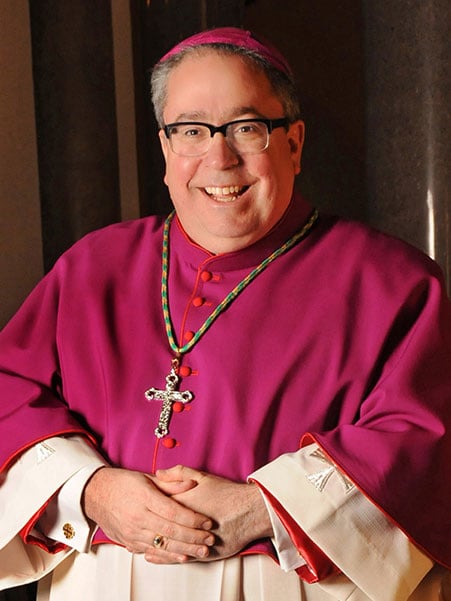The funeral liturgy: a celebration of salvation and mercy, not a commemoration

When a person dies, a void is left in the lives of their families and friends. The Church responds to those grieving at the death of their loved one with the liturgical actions and words provided through the celebration of a vigil service, the funeral Mass, and the prayers of committal of the person’s body at the graveside.
These three liturgical moments call to mind the suffering, death, and Resurrection of Jesus and their saving effects upon the life of the deceased and upon all of us who remain. These ritual moments prescribe how Catholics go about grieving with hope in the Resurrection. Each of these moments have their own propriety and purpose. While death and the grief surrounding death are not unique to Catholics, the ritualized and liturgical transition from death to life is particular to Catholic theology and spirituality. Eulogies are one such difference.

The General Introduction to the Order of Christian Funerals is clear that at the funeral liturgy, a priest or deacon is to offer a homily, “but there is never to be a eulogy.” A eulogy is understood to be a narrative of some length detailing the achievements and qualities of the deceased person and the emotional effects of their death upon their surviving friends and relatives.
If eulogies are to be given, the appropriate place for them is at the vigil service. Remarks made in the context of a eulogy should also be appropriate to the better qualities of the deceased person in accord with a Christian life and not glorify past misdeeds or sins — even if these are not viewed as such by the eulogist. Inappropriate jokes made by a eulogist do not truly console but only distract for a moment from the reality of death and the hope of the Resurrection. The vigil is the setting where we console a person’s loved ones with memories of the person and recall events in his or her life lived and now ended in death.
This presents a pastoral challenge for priests, deacons, and pastoral ministers in responding to surviving loved ones, many of whom may not be Catholic or may have moved away from the practice of their faith. The most advisable response to families suffering grief is to meet with them in preparing the vigil and funeral liturgy. It is necessary for homilists to listen to the story of the deceased person as recounted by their surviving loved ones. Grief is a time for presence, and the preparation for the funeral liturgy and accompanying rites of the vigil and the graveside is an opportunity for such presence. In listening to such stories, a homilist can and should consider what he hears from the mourners and suggest readings from Sacred Scripture that are appropriate and manifest the mystery of salvation as that mystery manifested itself throughout the life and events of the deceased person. This is a very consoling way to speak about the person’s life and achievements but with a focus on the action of Christ present to them. Without this pastoral presence of the homilist, the pastoral responsibility to console the mourners would be neglected.
The homily by the priest or deacon is too important an aspect of the healing ministry to the bereaved for it to be substituted or accompanied by a video or a eulogy offered by a mourner who is emotionally vulnerable, and especially one who has had scant opportunity of speaking appropriately in the setting of the liturgy at a most sensitive time of transition. The result too frequently is distraction from the mystery of hope in the Resurrection and prayers for the repose of the soul of the deceased person inherent in the funeral liturgy intended by the Church for the healing of those gathered for this purpose.
It is true that the time of grief at the death of a loved one may not be a teachable moment, but I observe that it is a moment of evangelization whereby the consoling presence of the Church accompanies the mourners into the mystery of salvation won for us by Christ who never forgets the promises He has made at the Baptism of the members of His flock.
